- How does the flashlight stay cool?
- Why are flashlights made from Aluminum?
- What are the fins on the flashlight for?
- What does the step-down setting do in a flashlight?
- Why my flashlight has a 3rd Stage in the Step-down?
How does the flashlight stay cool?
You might have noticed that a flashlight’s run-time drastically reduces when using the highest settings. This is because it requires more energy to generate 4000 lumens vs 500. The more energy you use, the hotter your flashlight will get. If the flashlight cannot dissipate the heat, the temperature will increase until the electronic equipment breaks. To avoid overheating the flashlight, the manufacturer’s have devised a few strategies to keep the temperature within the acceptable range:
- Materials
- Physical Design
- Operation Settings

Why are flashlights made from Aluminum?
Aluminum is an incredible heat conductor. Most flashlights are made from this material because being a superior heat conductor means the temperature will more freely escape than other metals with the same hardness. Aluminum is a low cost and highly effective solution that allows flashlights today to burn as bright for as long as they do.
Aluminum is also extremely lightweight. This reduces the overall weight of the flashlight making it easier to hold and carry over long distances where the smallest amount of weight has a big impact.
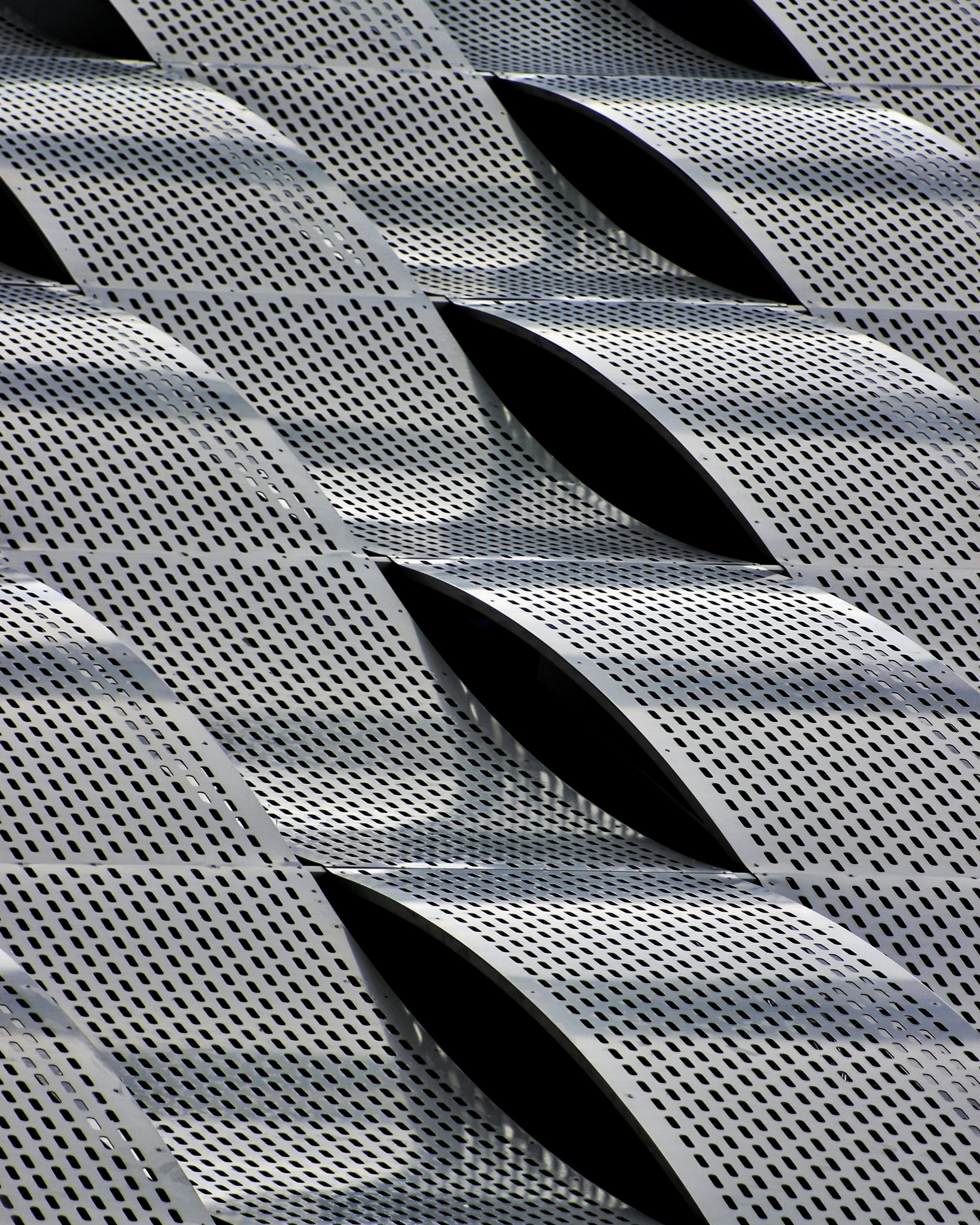
What are the fins on the flashlight for?
Many high lumen LED flashlights have ridges on the head of the light. The reason for the ridges is to increase the surface area of the aluminum. Because aluminum is so great at dissipating heat, increasing the surface area of the aluminum will help dissipate even more heat. Similar to how an elephant cools their internal body temperature, having extended ridges on the flashlight will transfer heat away from the core electronic components and this effect regulates the overall flashlight temperature during peak loads.
See heatsink
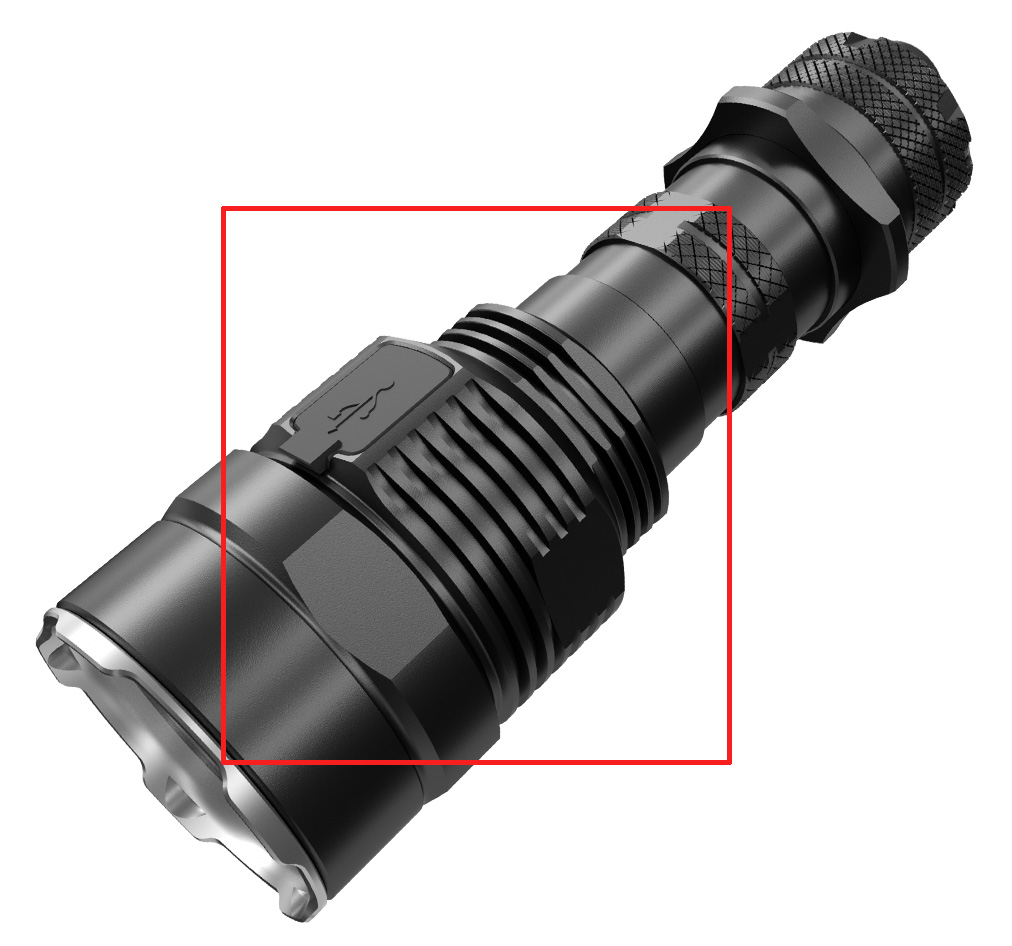
What does the step-down setting do in a flashlight?
Some flashlights are capable of extremely high settings, but for only brief periods. The most obvious reason for shorter runtimes on high settings is a shorter battery life, but for most flashlights the reason for such short runtimes is to prevent overheating which could potentially start a fire. To prevent fires or damage to the flashlight, the flashlight can simply turn off when it gets too hot or it can switch to a lower setting. Switching to a lower setting is called a step-down.
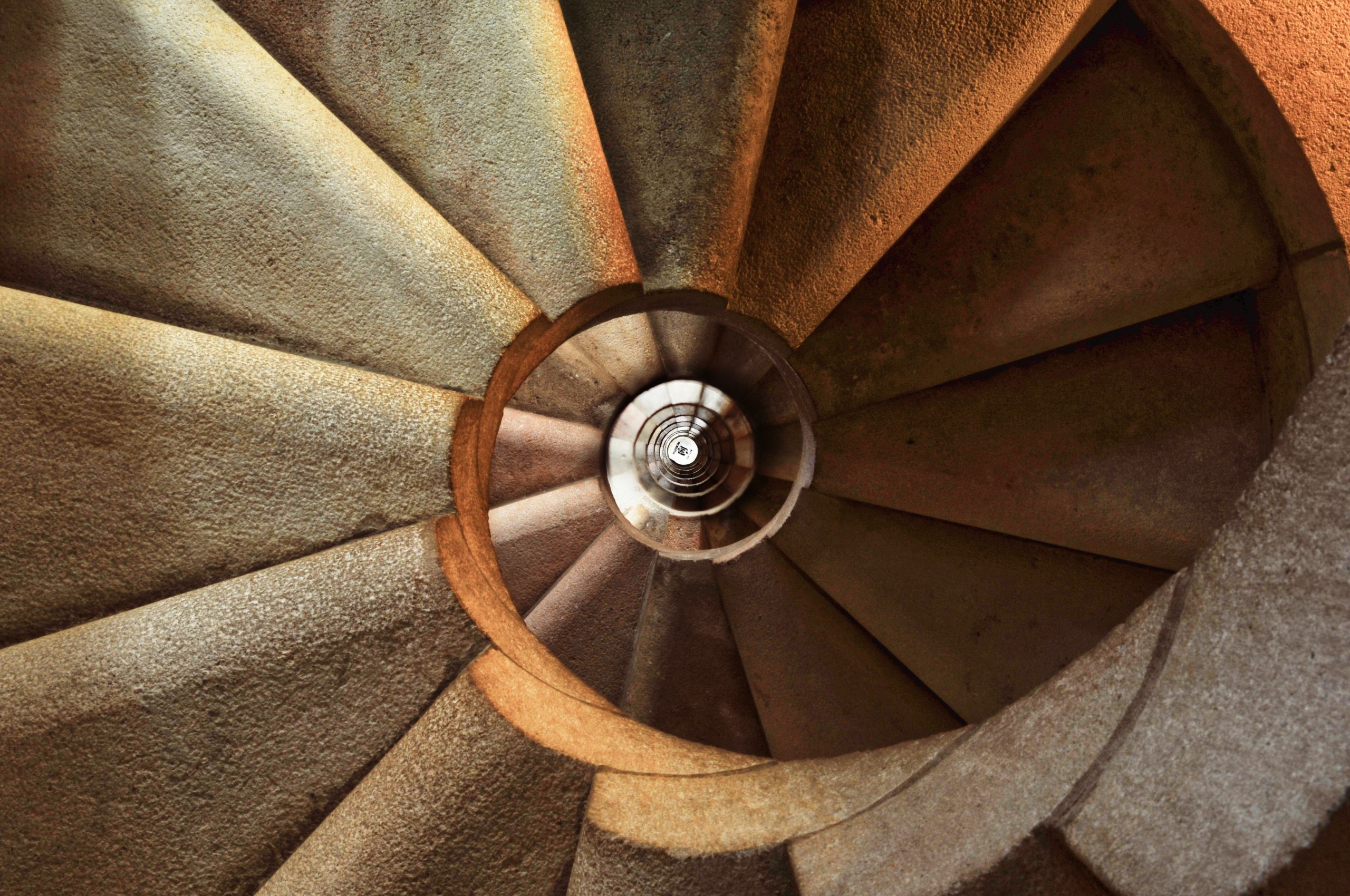
3 Types of Step-downs:
- Timed - The light dims down based on a period of time
- Thermal - The light dims down based on sensor readings measuring the temperature
- Continuous Thermal Regulation - The light can automatically increase or decrease based on temperature to maintain the longest possible duration at the highest luminosity
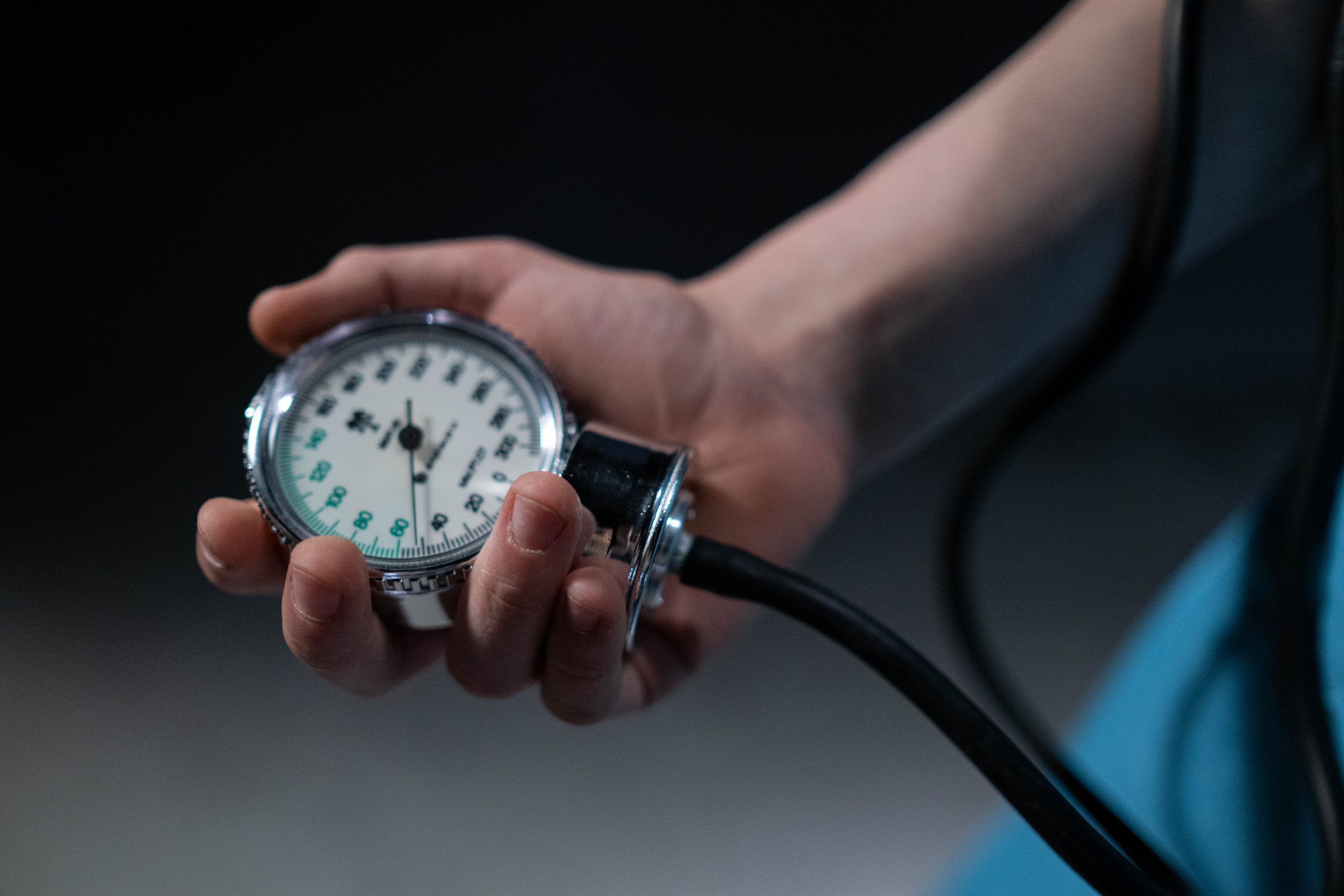
Step-downs most often occur in 2-3 stages :

- 1st Stage - This is the highest setting
- 2nd Stage - This is the next available setting that the flashlight can run continuously until complete discharge without overheating
- 3rd Stage - This setting is intended to ensure the voltage in the battery doesn’t drop below what the max luminosity the second stage requires
Why my flashlight has a 3rd Stage in the Step-down?
As a battery drains, the voltage also reduces. High luminosity settings require a minimum amount of voltage to produce a certain amount of lumens. If this voltage level is not met, the light will dim below what the manufacturer has claimed the flashlight is capable of for that setting.
The 3rd stage allows the flashlight to run at a higher max luminosity during the 2nd stage because otherwise the manufacturer would have to design a less bright 2nd stage to compensate for the reduced voltage when the battery is almost dead.
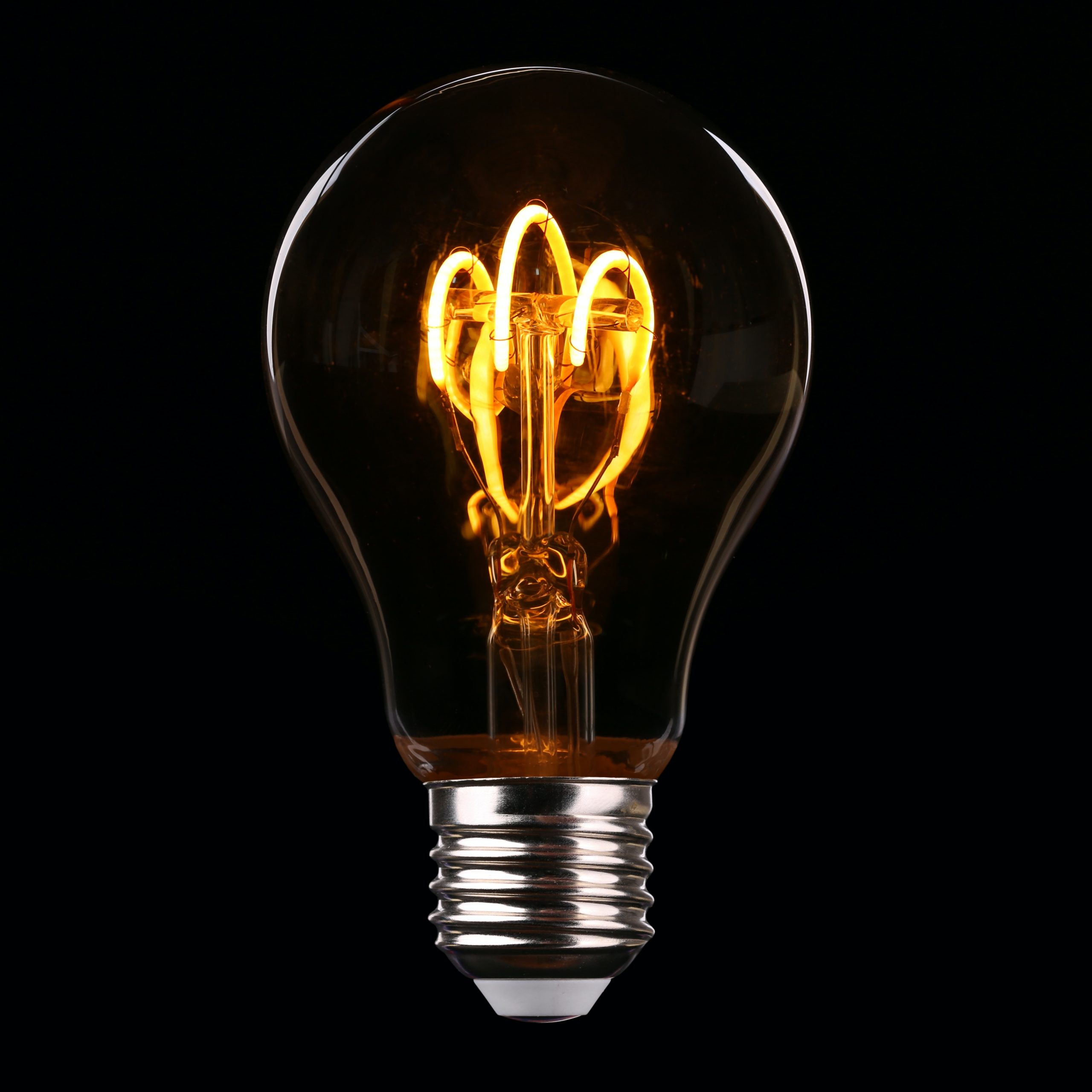
Flashlight head size can help regulate the temperature
Flashlight head size is one feature that could indicate a flashlight’s ability to dissipate heat effectively because this allows the heat sink to cover more surface area than would be available on a flashlight with a narrower head. Unfortunately the amount of heat generated by modern high lumen flashlights is so great that to effectively regulate the temperature enough to increase the operable runtime range at that same luminosity would make the flashlight head size too large to be practical, especially for the small improvement in runtime that would be gained. The core temperature might be reduced enough to continue operating, however the heat sink could also become so hot that it could seriously burn your skin.
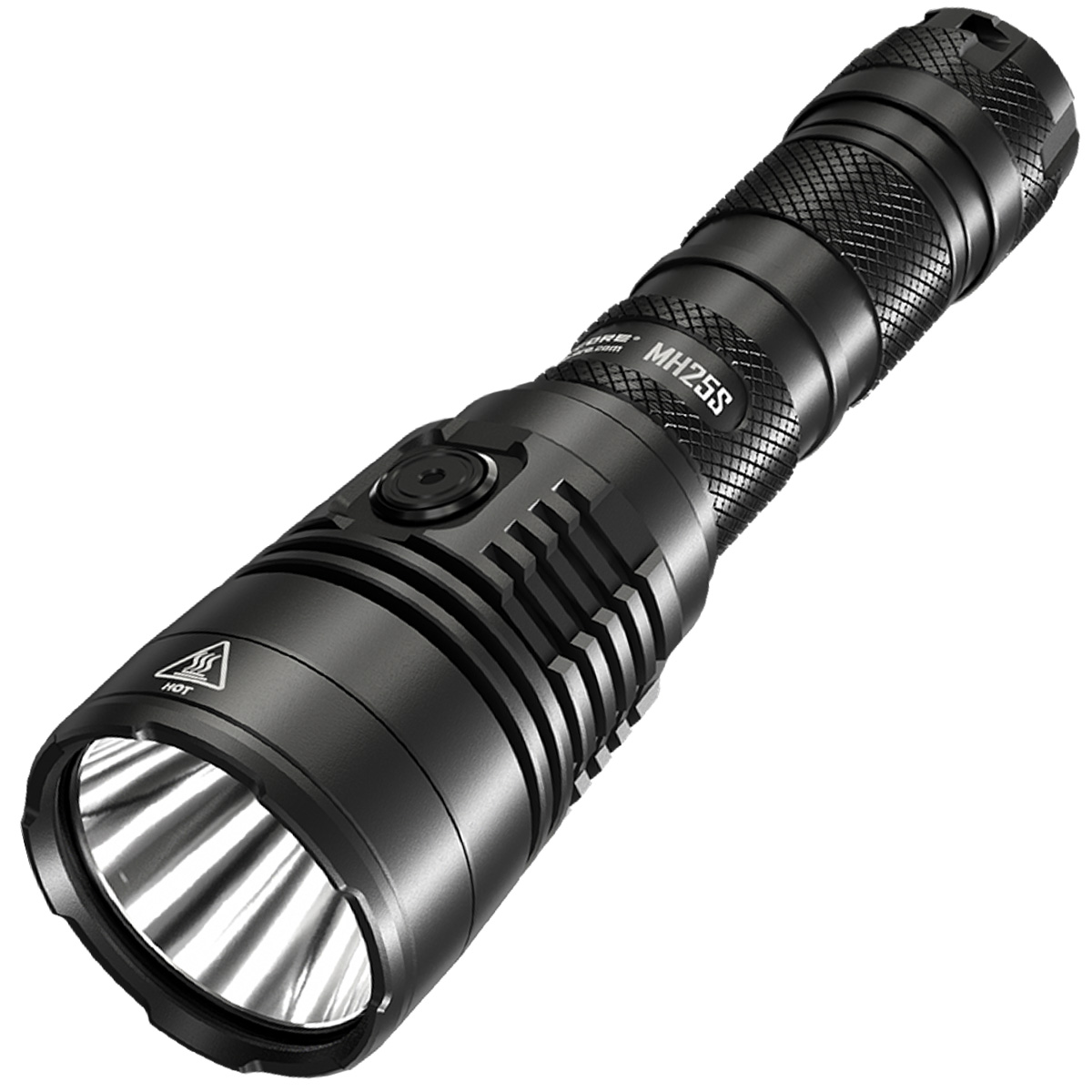
Nitecore’s Advanced Temperature Regulation Technology (ATR)
Nitecore’s patented temperature regulation technology allows their flashlights to dynamically adjust output performance according to its internal temperature. This prevents damage from overheating and prolongs the working life of the flashlight.
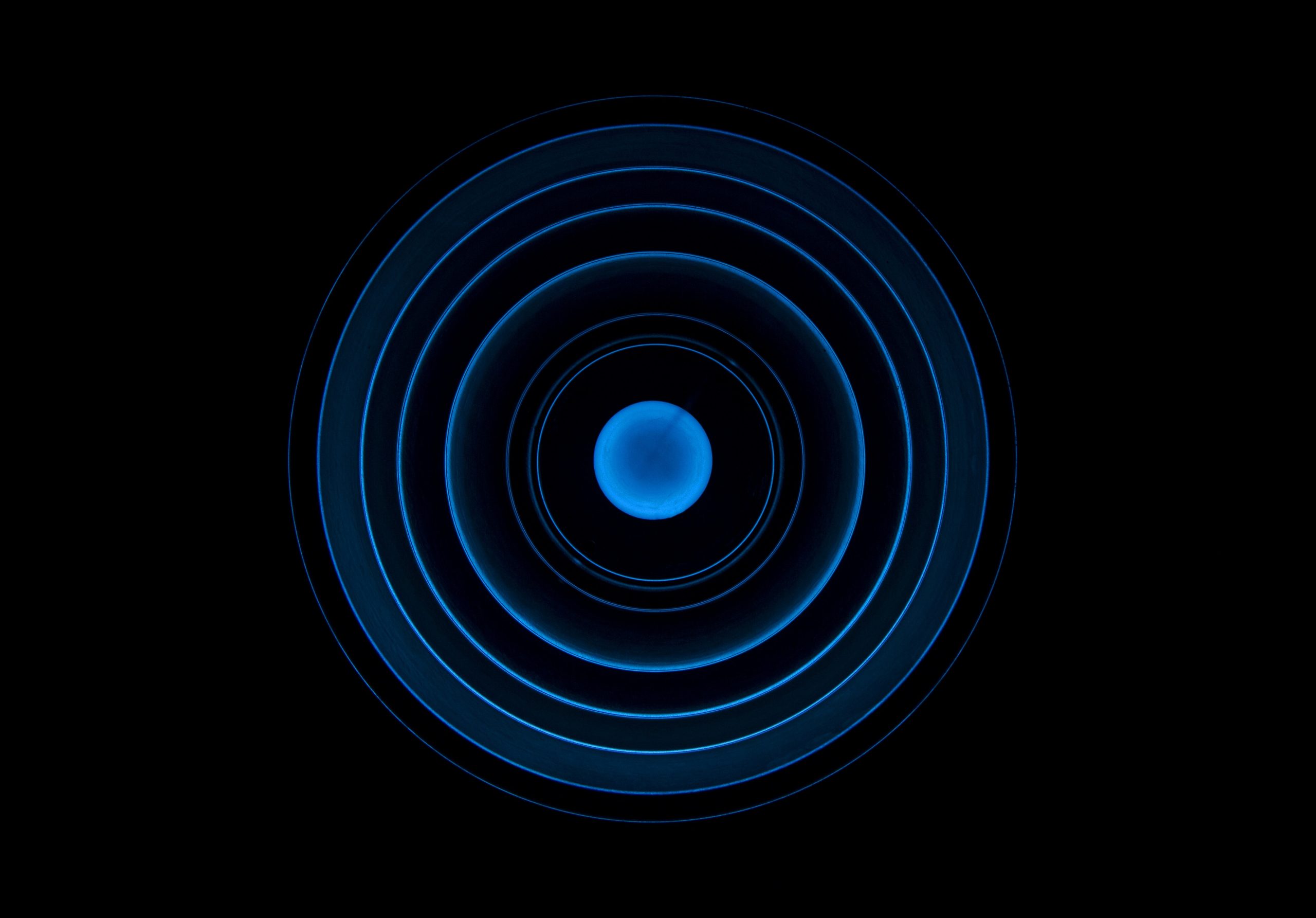


One thought on “How Do Flashlights Prevent Overheating”
-
Pingback: Step Down Brightness: How Does It Work And Why? |
Leave a Reply